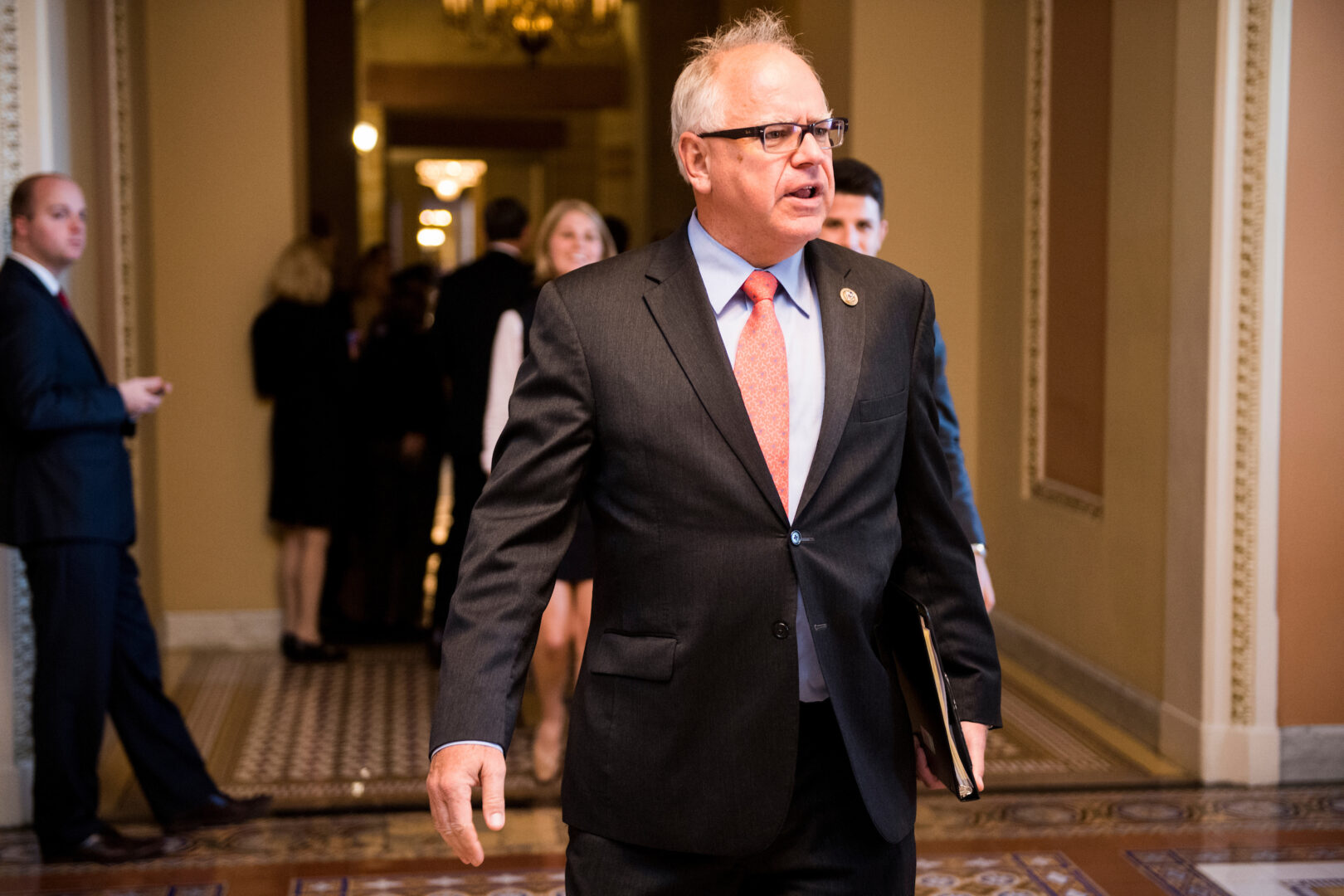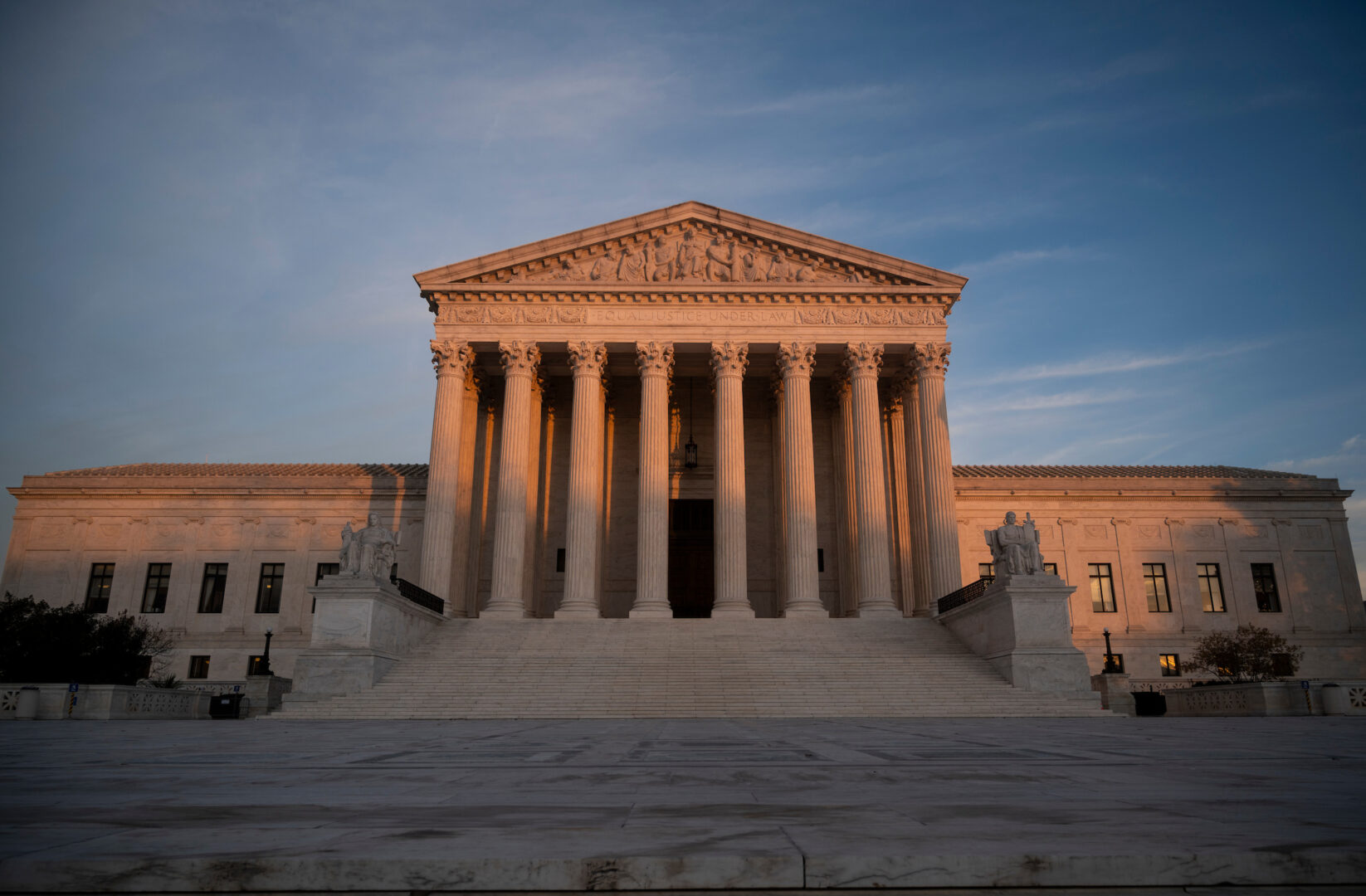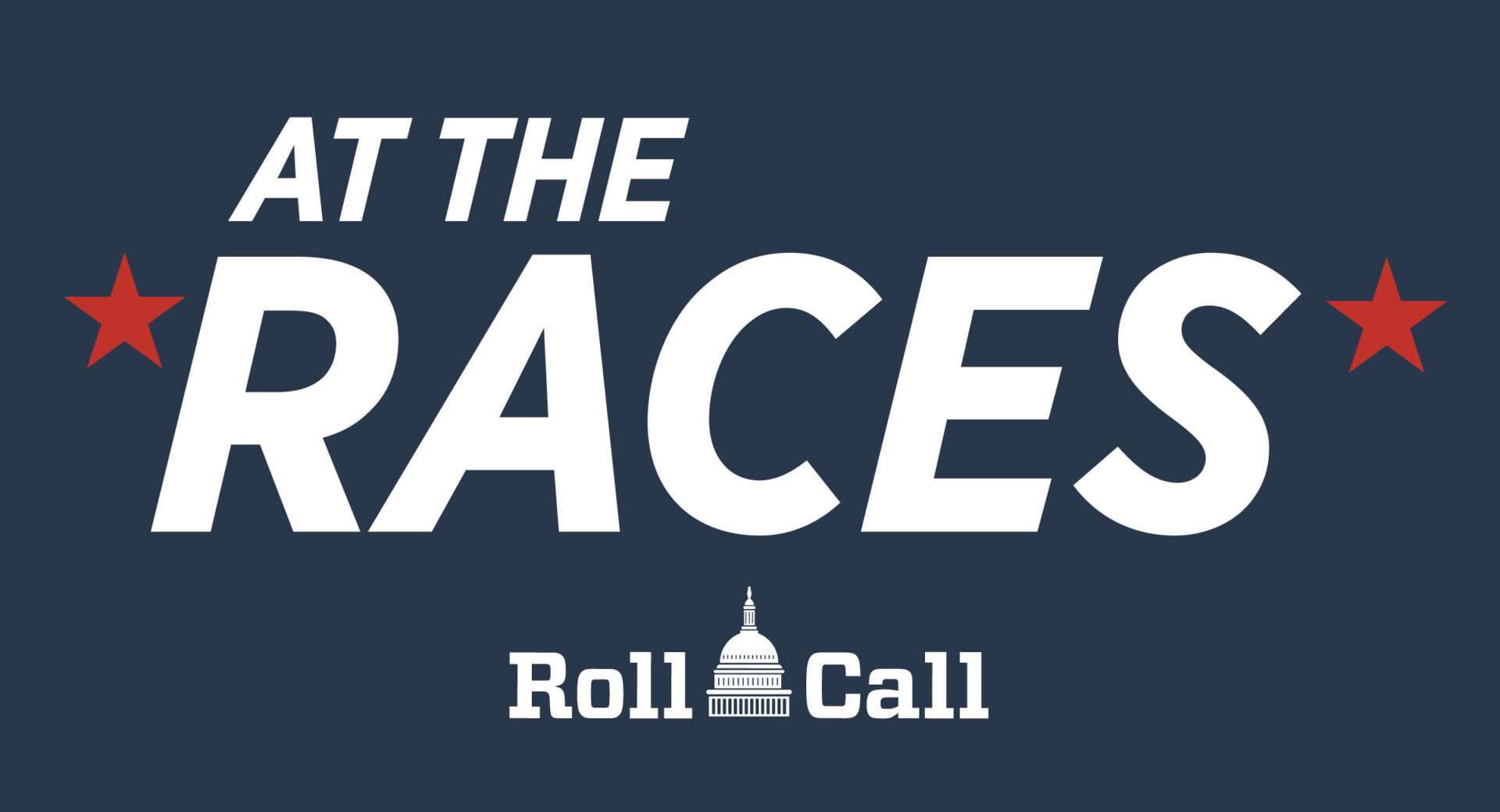Walz’s fiscal record veered from moderate to progressive champion
Minnesota Democrat's tenure as governor differs from more moderate approach in House

In his nearly six years as Minnesota’s governor, Tim Walz, the Democratic nominee for vice president, has delighted progressives with funding to provide paid family and medical leave for workers and free breakfasts and lunches to all school students.
Walz leveraged Democratic control of the Minnesota legislature in 2023 — the first time in eight years that his party held the governorship and both legislative chambers — to pass a $72 billion budget package chock full of progressive policies that Democrats on the national level have so far only dreamed of.
The measure included free breakfast and lunch for school children, paid family and medical leave, free tuition at state universities for kids from families making less than $80,000 a year, grants to update old infrastructure to prepare for extreme weather, and improvements to roads, bridges and infrastructure for electric vehicles.
Minnesota was the first state in the Midwest and 12th overall to establish a paid leave program. Democrats have long sought to establish paid leave on the national level. President Joe Biden and Senate Democrats pushed for a paid leave program early in his term but momentum foundered, although Congress passed a temporary paid leave measure providing employer tax credits as part of a pandemic relief law in 2020.
Under Walz’s program, Minnesota workers will be able to take up to 12 weeks of paid family or medical leave a year starting in 2026, or up to 20 weeks if they need to use both types. Initially, the state will pay for the program through appropriations, but a payroll tax paid by employers and workers will cover its costs going forward.
The governor’s budget package also included a $3 billion tax law that lowered taxes for poor families and increased taxes on wealthy individuals and businesses. The left-leaning Institute on Taxation and Economic Tax Policy rated Minnesota the state with the “least regressive” tax system in the nation, thanks in part to the law.
“It’s gonna mean a fairer, more inclusive, better and more prosperous Minnesota,” Walz said as he signed the budget package into law last year, according to The Associated Press.
A fully refundable $1,750-per-child tax credit, available even to those who don’t owe taxes, was the centerpiece of the tax law. Democrats have pushed to revive and make permanent a fully refundable child tax credit on the national level, but have fallen short since their pandemic aid program that delivered the credit as monthly checks to parents lapsed at the end of 2021.
Currently, families need to owe taxes to unlock the federal child tax credit, which phases in as they earn more money, before phasing out again for higher earners. Walz’s state child tax credit is fully available to families without taxable income and starts to phase out for parents making $35,000 a year, and fully disappears for those earning more than $67,083.
The law also lowered taxes on Social Security benefit payments. Former President Donald Trump, the GOP presidential nominee, has floated exempting the payments from federal tax entirely.
The 2023 Minnesota law included about $1 billion in tax increases to the wealthy and corporations, as well as smaller boosts to sales taxes to fund roads, transit and housing initiatives. The measure raised revenue by reducing the amount wealthy individuals can deduct from their taxable income, imposing a tax on long-term capital gains and applying a tax to some foreign-earned income of corporations.
More moderate stance
While his tenure as governor has made him a darling of his party’s progressive wing, Walz projected a more moderate image in the House, where he represented a rural, formerly GOP-held district in southern Minnesota for a dozen years.
While usually a reliable Democratic vote, Walz broke with the majority of his party at times in a signal of independence.
In 2007, his first year on Capitol Hill, Walz joined Republicans to vote for a fiscal 2008 omnibus spending package that included $70 billion for military operations in Iraq and Afghanistan. The measure passed 272-142, with most Democrats lined up in opposition.
The following year, Walz broke with most Democrats again to oppose a $700 billion bank bailout known as the Troubled Asset Relief Program.
“My job is to protect the American taxpayer and this plan doesn’t go far enough in looking out for the middle class,” Walz said in a statement at the time, according to the Free Press. “It doesn’t go far enough to hold Wall Street accountable.”
The measure ended up spending $443.5 billion to stabilize the banks during the 2008 financial crisis, with most of the money repaid over the life of the program. The net cost to taxpayers was $31.1 billion, according to a report last year from the Government Accountability Office.
Similarly, Walz opposed a bill that year to provide up to $14 billion in loans to domestic automakers. While most Republicans opposed the measure, Walz was one of only 20 Democrats to vote no.
“Nothing in this bill will prevent the auto manufacturers and their suppliers from continuing to move jobs overseas,” Walz said in a statement at the time, according to the Austin Daily Herald. “And we have no guarantee that spending $15 billion in taxpayers’ money will actually solve the Big Three’s problems. We must preserve and create jobs in America but this isn’t the way to do it.”
The program ended up costing taxpayers $9.3 billion, according to a final Treasury Department tally. The measure saved an estimated 1.5 million jobs, Reuters reported in 2013, citing a study by the Center for Automotive Research.
But more often than not, Walz was a reliable vote for his party. In 2009, for example, he supported President Barack Obama’s $787 billion economic stimulus program, along with Obama’s signature health care overhaul.





